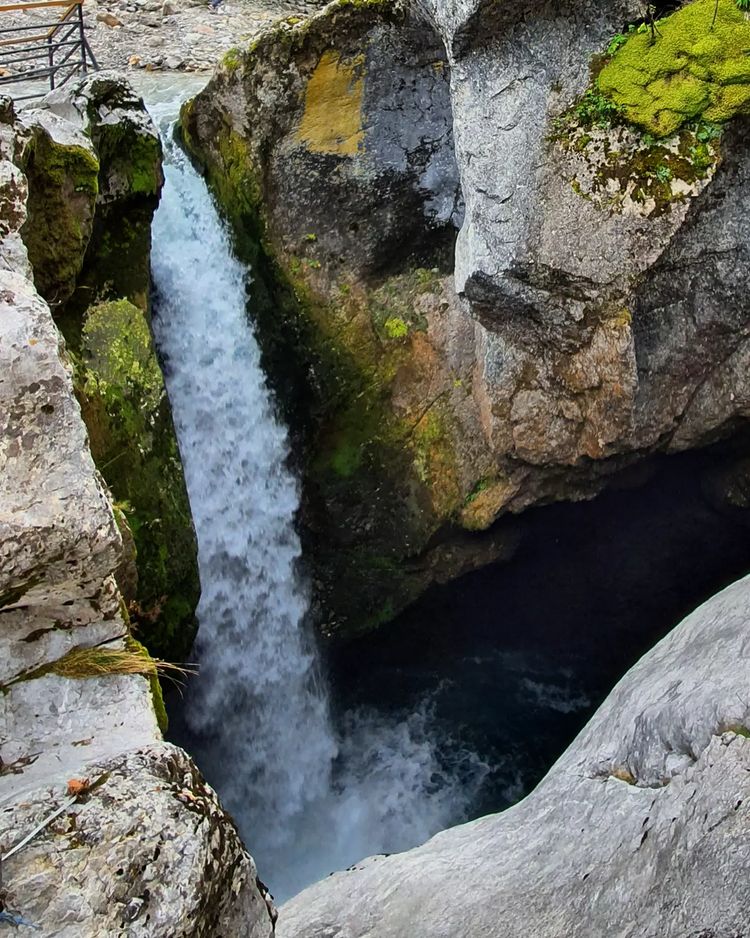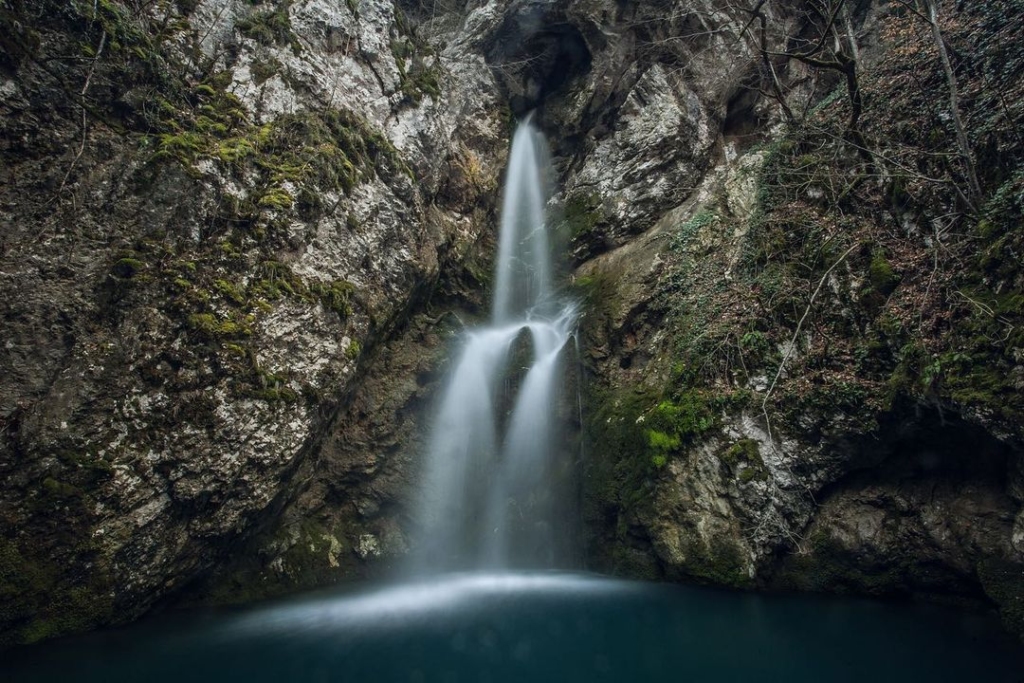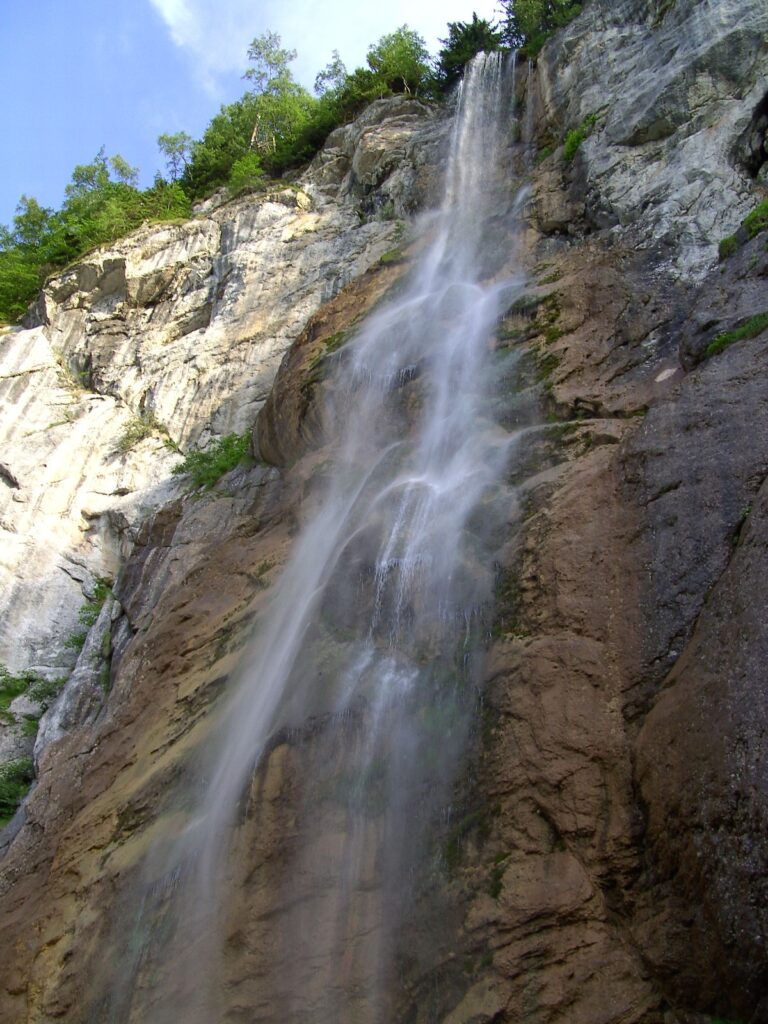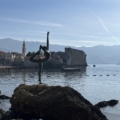Montenegro is a hidden gem for nature lovers, and one of the most breathtaking natural wonders in the country is its waterfalls. With its stunning landscapes and rugged mountains, Montenegro offers some of the most beautiful waterfalls in Europe, attracting visitors from all over the world.
Best Waterfalls in Montenegro
Niagara Waterfall
The Niagara Waterfall is located in the north of Montenegro, near the town of Plav. The waterfall is named after the famous Niagara Falls in Canada and is known for its stunning natural beauty. The Niagara Waterfall is accessible by hiking, and the trail offers breathtaking views of the surrounding mountains and forests.
The falls, similar to some other waterfalls, are most spectacular after the spring melt, but many locals enjoy swimming in their reduced levels during early summer.
The waterfall is recommended as a fantastic day trip from Podgorica, especially for those looking to experience Montenegro’s natural beauty. There is also a traditional restaurant which offers lovely views of the waterfall named (unimaginatively) “Niagara”.
How to get there
Begin your journey in Podgorica, taking the southeast direction out of the city. You’ll want to get on the R-20 road, a major route that can be accessed easily from most parts of the city. Follow this road in the direction of the small village named Niagara. This village has taken its name from the nearby waterfall and is approximately 12 kilometers away from Podgorica. It is an enjoyable drive that takes you through the beautiful Montenegrin countryside. After reaching the village of Niagara, watch for signs directing you toward the waterfall.
Grlja Waterfall

The Grlja Waterfall is located in the Biogradska Gora National Park, and is one of the most popular waterfalls in Montenegro.
The Grlja Canyon in Montenegro is shrouded in mystery and folklore that has been passed down through generations. Locals have long spoken of the canyon’s entrance as the “gate of hell,” a place where the boundaries between the mortal realm and the underworld blur. This chilling legend paints a picture of a portal to the abyss, intensified by the terrifying noise of the cascading waterfall and the canyon’s concealed nature. Over the years, this legend has not only captivated the curiosity of many but has also instilled a sense of fear and reverence. Alongside these tales, the Grlja Canyon presents real dangers to those who dare to venture within. Its unpredictable terrain, characterized by slippery rocks, narrow passageways, and low temperatures, demands utmost respect. Adventurers are often challenged by the extreme conditions, with some areas so shadowed that light fails to penetrate, requiring the use of lamps or torches. The combination of age-old legends and the tangible perils of the canyon makes it a place of both awe and caution, where the lines between myth and reality often intertwine.
The waterfall is surrounded by stunning natural scenery, and is accessible by hiking. The trail to the Grlja Waterfall offers panoramic views of the Biogradska Gora National Park, and is a must-visit destination for nature lovers.
How to get there
To reach the Grlja Waterfall in Montenegro from Podgorica, you need to embark on a northeast route via the E65/E80 highway initially, which transitions into the E762 highway. This route is your direct pathway to the Prokletije mountain range. The journey from Podgorica to the town of Andrijevica, which serves as the nearest urban connection to the waterfall, typically lasts around 2.5 to 3 hours by car or taxi. Upon reaching Andrijevica, you should continue your travel southeast for approximately 20 kilometers to reach the Grlja Waterfall. It is advisable to look for local signage indicating the direction to the waterfall, or use a reliable GPS system for precise navigation.
Djalovica Cave Waterfall

Nestled about 40 kilometers from Bijelo Polje, the Đalovića Cave stands as a testament to Montenegro’s rich geological tapestry. This subterranean marvel, considered one of Europe’s most beautiful caves, has been a focal point of research since 1987. As explorers delved deeper into its chambers, they unveiled a sprawling network that extends approximately 17.5 kilometers, making it one of the most extensive cave systems in the region. The cave, surrounded by the untouched nature of the Đalovića gorge, offers a unique ecosystem teeming with diverse flora and fauna. Its intricate formations and echoing chambers have captivated the imagination of adventurers, researchers, and tourists alike, each drawn to its mysterious allure.
How to get there
To get to the Djalovica Cave Waterfall from Podgorica, the capital city of Montenegro, you need to take the E65/E80 and then E762 roads heading northeast. The journey by car or taxi to the town of Berane, which is the closest urban center to the cave, typically takes about three hours. After arriving in Berane, you will need to travel approximately 15 kilometers southwest to reach the Djalovica Cave. Once there, you can explore the cave and find the waterfall inside it.
Skakala Waterfall

Situated in the scenic town of Zabljak in northern Montenegro, the Skakala Waterfall stands as a beacon of natural beauty within the rugged confines of Durmitor National Park. Often hailed as Montenegro’s hidden jewel, the waterfall enchants onlookers with its crystal-clear waters that gracefully tumble over rocky cliffs. Set against the backdrop of the serene Grabovica river and its tranquil pool, the waterfall’s untouched charm offers a breathtaking visual feast. Wanderers traversing the nearby hiking paths are treated to a harmonious blend of nature’s wonders, making Skakala a symbol of Montenegro’s rich natural heritage.
How to get there
To reach the Skakala Waterfall from Podgorica, Montenegro’s capital, you would need to drive north on the E65 road towards Zabljak, which is a journey of about 130 kilometers and typically takes around 2.5 to 3 hours. Zabljak is a popular base for exploring the Durmitor National Park, which is where Skakala Waterfall is located. From Zabljak, you will need to navigate the local roads and terrain to reach the waterfall. Because the waterfall is located in a mountainous and forested area, the last part of the journey will likely be a hike.
Seoca Waterfall
The Seoca Waterfall, nestled within the pristine landscapes of Montenegro, stands as a testament to the country’s rich natural heritage. Located near the town of Zabljak, this waterfall is a hidden gem waiting to be discovered by intrepid travelers. As the water cascades down, it creates a harmonious symphony with the surrounding environment, offering a tranquil retreat for nature enthusiasts.
The waterfall’s proximity to the Lovćen National Park further enhances its appeal, providing visitors with an opportunity to explore the diverse flora and fauna of the region. Whether you’re an adventurer seeking a challenging hike or a traveler looking for a serene spot to relax, the Seoca Waterfall promises a memorable experience.
Family-Friendly Waterfalls:
In addition to the challenging hikes, these waterfalls also offer family-friendly experiences. Most of the waterfalls are accessible by car or short walks, and some even have picnic areas and swimming spots.
FAQs:
How do I get to the waterfalls in Montenegro?
Most of the waterfalls are accessible by hiking or by car. Some of the waterfalls have designated parking areas, while others require a short walk to reach.
Are the waterfalls safe to visit?
Yes, the waterfalls are safe to visit. However, visitors should follow safety guidelines, such as staying on designated paths and not climbing on rocks.
What should I wear when visiting the waterfalls in Montenegro?
Visitors should wear comfortable clothing and shoes suitable for hiking or walking. It’s also recommended to bring sunscreen, insect repellent, and plenty of water.
When is the best time to visit the waterfalls in Montenegro?
The best time to visit the waterfalls in Montenegro is in the spring or early summer, when the water levels are high and the surrounding nature is at its most vibrant.
Conclusion:
Montenegro offers a unique opportunity to experience nature at its finest, with stunning waterfalls and breathtaking landscapes. Most of these waterfalls are accessible by hiking or by car, offering a chance to explore the natural beauty of Montenegro up close. So, if you’re a nature lover, pack your bags and head to Montenegro for an unforgettable experience.





